#grey herringbone floor
Explore tagged Tumblr posts
Text




IG beckiowens
106 notes
·
View notes
Text
A Complete Guide to Engineered Wood Flooring: Benefits, Styles, and Installation
Engineered wood flooring has become one of the most popular choices for homeowners and interior designers due to its combination of durability, aesthetic appeal, and ease of installation. Unlike traditional hardwood, engineered wood consists of multiple layers that improve its stability and resilience, making it ideal for modern homes that need to balance style with practicality. This guide will walk you through everything you need to know about engineered wood flooring, from its construction and benefits to the various styles available and the best methods for installation. Whether you're looking to upgrade a single room or outfit your entire home, engineered wood flooring offers a versatile and cost-effective solution.
Engineered wood flooring is designed to offer the aesthetic beauty of real hardwood combined with modern technology to enhance durability and ease of installation. It consists of a top layer of real wood veneer, supported by multiple layers of plywood, fiberboard, or high-density fiberboard (HDF). These layers are pressed together under high pressure to create a plank that mimics solid wood but is more resistant to changes in moisture and temperature. This construction makes engineered wood an excellent choice for various environments, including areas with fluctuating humidity, such as basements or kitchens.
The growing popularity of engineered wood floors can be attributed to several factors. Firstly, it offers a wide range of design options, as the top layer can be crafted from various wood species, including oak, maple, and walnut. Secondly, it’s easier to install than solid hardwood, as it can be installed using floating, glue-down, or nail-down methods. Lastly, its cost-effectiveness, especially when considering long-term durability and maintenance, makes it a smart investment for homeowners.
Understanding the Construction of Engineered Wood Planks
The construction of engineered wood flooring is what sets it apart from traditional hardwood. The top layer, or "wear layer," is a thin slice of real wood that provides the visual and tactile qualities of genuine hardwood. Beneath this layer, the core consists of multiple layers of plywood or high-density fiberboard (HDF), which are stacked in a crisscross pattern. This structure gives engineered wood its enhanced stability and resistance to warping, bending, or shrinking, which can occur with solid wood in humid or dry conditions.
The thickness of the wear layer varies, typically ranging from 1mm to 6mm. Thicker wear layers allow for the floor to be sanded and refinished more times, extending its lifespan. Meanwhile, the core layers are designed to enhance structural integrity. The crisscross pattern of the plywood layers minimizes expansion and contraction, making it ideal for environments with fluctuating temperatures. The base layer, typically made from softwood or another hardwood species, adds further stability to the plank.
Benefits of Engineered Wood Flooring
Engineered wood flooring offers numerous benefits over traditional solid wood and other flooring options. One of the primary advantages is its dimensional stability. Unlike solid hardwood, which expands and contracts with changes in temperature and humidity, engineered wood is less prone to these fluctuations due to its layered construction. This makes it suitable for installation in areas where solid wood would typically not be recommended, such as basements or rooms with radiant heating.
Another key benefit is its versatility in design. Since the top layer is real wood, engineered flooring offers the same authentic appearance as solid hardwood, allowing you to choose from a wide range of species, finishes, and textures. Additionally, engineered wood is available in wider plank sizes, giving homeowners more flexibility when creating their desired aesthetic.
From a cost perspective, engineered wood is often more affordable than solid wood, especially when considering the long-term value. It also requires less maintenance and, depending on the thickness of the wear layer, can be sanded and refinished several times over its lifespan. Engineered wood planks are easier to install, making them ideal for DIY projects or quicker installations in both residential and commercial settings.
Engineered Wood Flooring Styles
Engineered wood flooring comes in a variety of styles, each suited to different design aesthetics. Some of the most popular styles include classic, modern, rustic, and distressed finishes. Classic engineered wood floors, like oak and maple, offer a timeless look that works well in both traditional and contemporary spaces. These floors often have a smooth finish and are available in various shades, from light to dark, allowing you to match the flooring to your interior décor.
For a more modern look, wider and longer planks are trending, as they create a streamlined, spacious feel. Exotic woods like bamboo and teak are also gaining popularity, adding a unique and luxurious touch to modern interiors. Rustic and distressed styles, on the other hand, provide a more textured and natural appearance, with features like hand-scraped surfaces and wire-brushed finishes that give the floor a weathered, lived-in look.
Customization options for engineered wood also include various finishes, from high gloss to matte, and different edge profiles, such as beveled or square edges, allowing for a truly personalized look.
How to Choose the Right Engineered Wood for Your Space
Choosing the right engineered wood flooring for your home or office requires careful consideration of factors like room usage, foot traffic, and existing interior design. If you’re installing flooring in a high-traffic area such as a hallway or living room, consider opting for engineered wood with a thicker wear layer that can withstand frequent use and be refinished multiple times. For spaces prone to moisture, like kitchens and basements, engineered wood with water-resistant core materials will perform better than traditional hardwood.
Your choice of wood species will also influence the overall look and feel of the room. Light-colored woods, such as oak or ash, can make a space feel larger and more open, while darker woods, such as walnut or mahogany, can add warmth and elegance to the space. The plank size and finish should complement your existing furniture and décor. For smaller rooms, wider planks can make the area appear more spacious, while narrower planks may be better suited to larger spaces to create a balanced look.
Conclusion
Engineered wood flooring offers the perfect combination of beauty, durability, and flexibility, making it a top choice for homeowners and designers alike. Its layered construction provides enhanced stability, making it suitable for a variety of environments, while its diverse styles and finishes ensure a perfect match for any interior design. Whether you're looking for a cost-effective alternative to solid hardwood or need a flooring solution for high-moisture areas, engineered wood delivers both performance and aesthetic appeal. With proper care, this flooring option can provide decades of use, making it a wise investment for any space.
#jordans flooring#jordans wood flooring wimbledon#pro tek flooring#flooring wimbledon#wimbledon flooring#jordan wood#bespoke wooden flooring#wandsworth wood flooring#wandsworth flooring#bespoke wood flooring#woodflooring#engineered wood flooring london#wood flooring#wooden floors london#hardwood flooring london#parquet flooring#engineered wood flooring#herringbone flooring#laminate flooring#lvt flooring#luxury vinyl flooring#oak flooring#engineered herringbone#engineered wood#solid wood flooring#white oak flooring#wood laminates#real wood flooring#grey wood floors
1 note
·
View note
Photo

Transitional Powder Room - Bathroom Inspiration for a redesign of a powder room with a dark wood floor and furniture-like cabinets, a two-piece toilet, gray walls, and an undermount sink.
#crystal door knob#brass powder room#brass hardware#grey wallpaper#herringbone floor tile#walnut cabinetry
0 notes
Photo
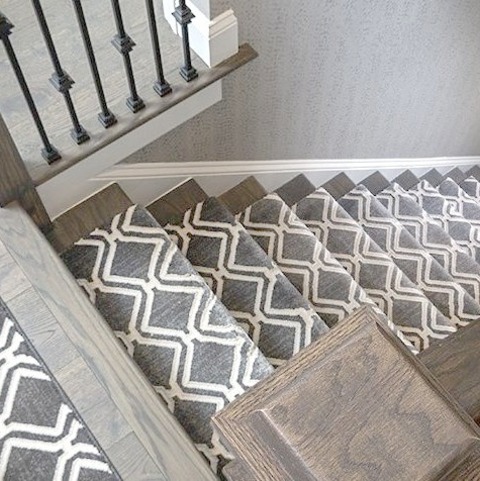
Transitional Entry Philadelphia Small transitional entryway idea with a dark wood floor, a brown floor, gray walls, and a black front door.
#hardwood flooring#rectangle cocktail table#grey wallpaper#navy chairs#black white art#herringbone pattern
0 notes
Photo
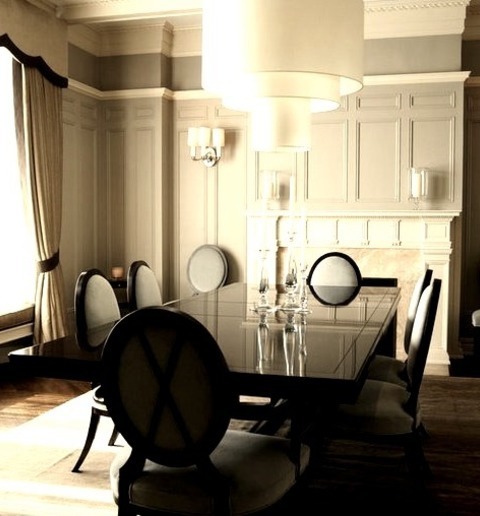
Dining Room - Traditional Dining Room Photo of a large, elegant dining room with a tile fireplace, beige walls, and a dark wood floor and brown floor.
#contemporary chandelier#dark wood table#grey seat cushions#herringbone pattern floor#white pendant light#dark wood flooring
0 notes
Photo

Modern Family Room New York a medium-sized, open concept game room with gray walls and a painted wood floor.
0 notes
Text
Indianapolis Traditional Bathroom
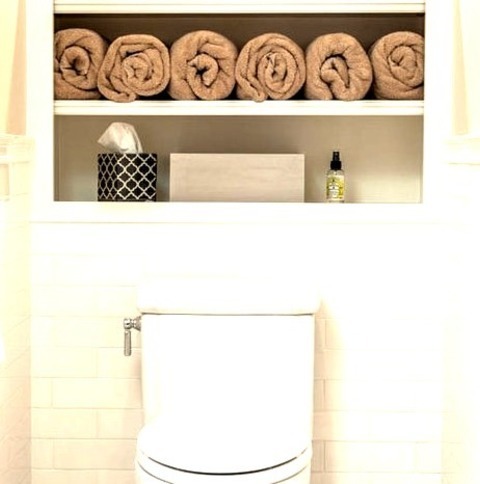
Large traditional master bathroom with a marble floor and beaded inset cabinets, as well as a two-piece toilet and quartz countertops.
#marble floor#herringbone floor inlay#stool room#shelves above toilet#grey marble floor tile#storage by toilet#gold rimmed mirror
0 notes
Photo

Traditional Wine Cellar - Wine Cellar Large, elegant image of a wine cellar with racks for storage
#table with lion feet#french oak#black armoire#ball and claw furniture#dramatic chandeliers#wine room herringbone floor#grey wood floors
0 notes
Photo

Family Room Game Room in New York Mid-sized modern open concept game room idea with gray walls, a fireplace made of plaster, and a wall-mounted television.
0 notes
Photo

Powder Room Bathroom Austin Remodel ideas for a small transitional powder room with a gray floor, a marble floor, white cabinets that look like furniture, gray walls, an undermount sink, quartz countertops, gray countertops, and a two-piece toilet.
0 notes
Photo

Denver Kitchen Dining Mid-sized 1960s idea for a kitchen/dining room combination with a dark wood floor and a brown floor and white walls.
0 notes
Text

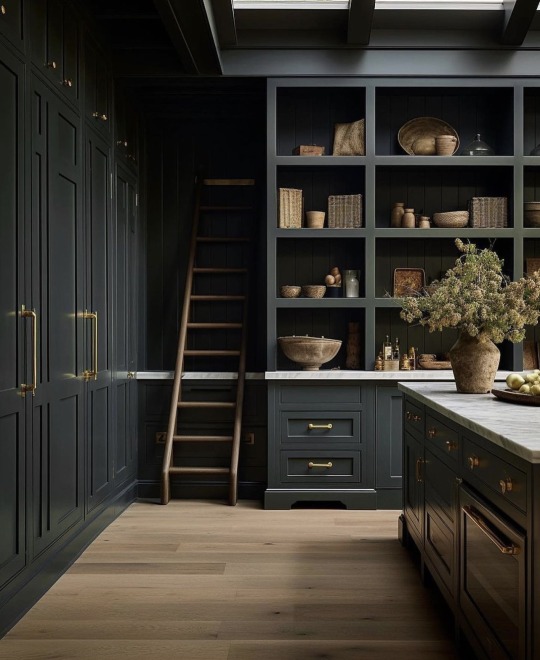
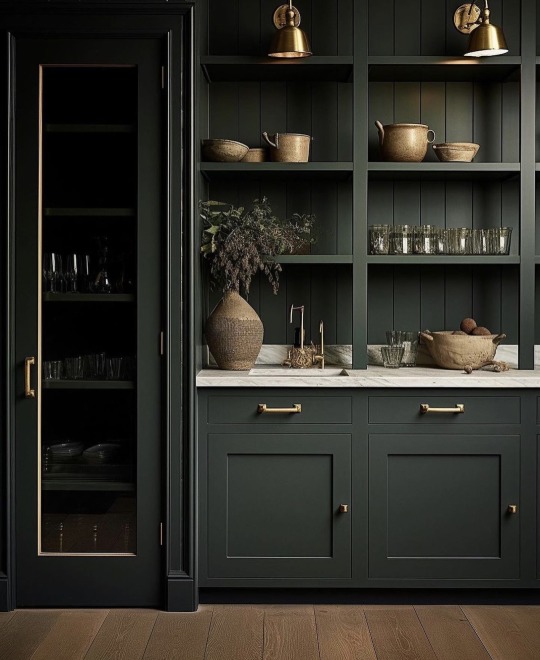
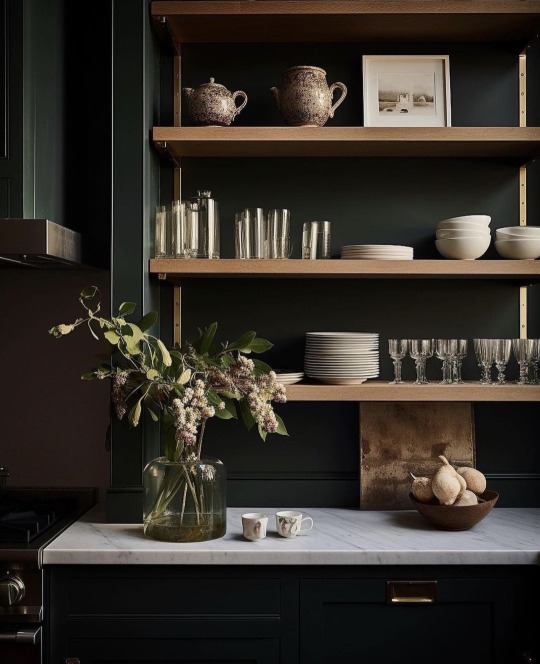
IG welldressedhouse - Atlanta
#bar#pantry#kitchen#under the stairs#spiral staircase#moody greys#wood#marble#brass#interior design#herringbone floor
388 notes
·
View notes
Text
Why Choose Engineered Wood Flooring for Your Home?
Choosing the right flooring for your home can be a daunting task, with countless materials and styles available on the market. Engineered wood flooring has become a popular option for homeowners looking for the timeless appeal of hardwood, but with additional durability and versatility. Combining the beauty of natural wood with the resilience of modern engineering, this type of flooring offers a wide range of benefits that make it suitable for nearly any room in the house. In this article, we’ll explore why engineered wood flooring might be the perfect fit for your home, covering its key features, installation methods, and long-term advantages.
What is Engineered Wood Flooring?
Engineered wood flooring is a type of hardwood flooring that consists of multiple layers of wood, rather than a single solid piece. The top layer, known as the wear layer, is made of real hardwood, providing the authentic appearance and texture of solid wood. Below this wear layer, multiple layers of plywood or high-density fiberboard (HDF) are stacked in a cross-grain configuration. This layered construction increases the floor’s stability, making it more resistant to changes in temperature and humidity compared to solid wood.
The beauty of engineered wood flooring is that it offers the same rich and elegant look as traditional hardwood, but with improved durability and performance. The wear layer can come in a variety of wood species, including oak, maple, walnut, and cherry, allowing homeowners to match their flooring with any design style. The thickness of the wear layer varies by product, and thicker layers can even be sanded and refinished multiple times, extending the floor’s lifespan.
Overall, engineered wood flooring offers a combination of aesthetic appeal and practical benefits that make it a popular choice for modern homes. Its versatility and ease of installation make it a viable option for a range of spaces, from living rooms to basements.
How is Engineered Wood Different from Solid Wood Flooring?
While both engineered wood and solid wood flooring have a similar appearance, they are constructed in very different ways. Solid wood flooring is made from a single piece of wood, which gives it a classic, timeless look but also makes it more susceptible to environmental changes. Solid wood expands and contracts with fluctuations in humidity and temperature, making it more prone to warping, especially in areas like basements or humid climates.
In contrast, engineered wood is designed to counteract these issues. Its multi-layered construction provides more dimensional stability, meaning it is less likely to warp, shrink, or expand. This makes engineered wood ideal for areas that experience temperature or moisture changes, such as kitchens or bathrooms, where solid wood would be a risky choice.
Another key difference is installation flexibility. Solid wood floors typically need to be nailed or glued down, whereas engineered wood can be installed in various ways, including floating installations, making it easier and quicker to install. Engineered wood is also compatible with underfloor heating systems, which is not the case for most solid wood floors. While solid wood can be sanded and refinished multiple times over its lifespan, engineered wood can also be refinished, depending on the thickness of its wear layer, but usually not as often.
The Key Benefits of Engineered Wood Flooring
Engineered wood flooring offers several benefits that make it an attractive choice for homeowners. One of its most significant advantages is its stability. Thanks to its multi-layered construction, engineered wood is less susceptible to warping and movement caused by temperature and humidity fluctuations. This makes it suitable for installation in areas where solid wood flooring would struggle, such as basements or rooms with radiant heating systems.
Another key benefit is its aesthetic versatility. With a wide range of species, finishes, and styles available, engineered wood can closely mimic the look of solid hardwood flooring while offering a broader selection of design options. Homeowners can choose from various plank widths, colors, and textures to match their interior decor.
Durability is another strong point for engineered wood. The wear layer of engineered wood is made from real hardwood, providing the same resistance to scratches and dents as solid wood. Thicker wear layers allow for refinishing, which can extend the floor’s lifespan by many years.
Lastly, engineered wood is easier to install compared to solid wood, with several installation options including floating, glue-down, and nail-down methods. Its versatility, stability, and aesthetic appeal make it an excellent flooring solution for virtually any room in your home.
Durability and Longevity of Engineered Wood
One of the standout features of engineered wood flooring is its durability. Unlike solid wood, which can be sensitive to environmental conditions, engineered wood’s layered construction offers increased resistance to the effects of humidity and temperature changes. This makes it less prone to issues like warping or shrinking over time, particularly in areas where moisture levels fluctuate, such as bathrooms or basements.
The lifespan of engineered wood largely depends on the thickness of its wear layer. Thicker wear layers, typically 3-6 mm, can be sanded and refinished multiple times, much like solid hardwood, extending the floor’s longevity to 20-30 years or more. Even engineered wood with a thinner wear layer can last over a decade with proper care.
In addition to resisting moisture, engineered wood is tough enough to withstand daily wear and tear. Its durability makes it a great option for high-traffic areas like hallways and living rooms. While scratches and dents are possible, especially with softer wood species, these imperfections can often be minimized with routine maintenance or refinishing.
For households with pets, children, or heavy furniture, engineered wood offers a resilient and long-lasting flooring solution. Its durability, combined with its timeless aesthetic, ensures that it remains a smart investment for years to come.
Installation Methods for Engineered Wood Flooring
Engineered wood flooring is prized for its ease of installation, with several methods available depending on the homeowner's preference and the condition of the subfloor. The three most common installation methods are floating, glue-down, and nail-down.
The floating method involves laying the engineered wood planks over an underlayment without adhering them directly to the subfloor. The planks are connected via a tongue-and-groove system or a click-lock mechanism. This method is often the simplest and most cost-effective, making it popular for DIY installations. Floating floors are also ideal for areas with radiant heating systems, as the lack of adhesives allows the floor to expand and contract freely.
Glue-down installation involves applying adhesive to the subfloor before laying the engineered wood planks on top. This method provides a more secure and permanent installation, making it well-suited for high-traffic areas. However, it requires more skill and preparation, as the subfloor must be clean, dry, and level to ensure a smooth installation.
The nail-down method is similar to the installation of solid hardwood floors, where the planks are secured to the subfloor with nails or staples. This method is typically used for installations over wooden subfloors and provides a very stable, long-lasting floor. Although more labor-intensive, this method ensures that the engineered wood remains securely in place for decades.
Conclusion
Engineered wood flooring is a versatile, stylish, and practical choice for homeowners looking for the beauty of hardwood without the drawbacks of solid wood. With its superior resistance to environmental changes, easy installation methods, and wide range of design options, engineered wood offers the perfect balance of form and function. Whether you’re upgrading your living room, renovating a basement, or installing new floors in a high-traffic area, engineered wood flooring provides a durable and aesthetically pleasing solution for any space.
#jordans flooring#jordans wood flooring wimbledon#pro tek flooring#flooring wimbledon#wimbledon flooring#jordan wood#bespoke wooden flooring#wandsworth wood flooring#wandsworth flooring#bespoke wood flooring#woodflooring#engineered wood flooring london#wood flooring#wooden floors london#hardwood flooring london#parquet flooring#engineered wood flooring#herringbone flooring#laminate flooring#lvt flooring#luxury vinyl flooring#oak flooring#engineered herringbone#engineered wood#solid wood flooring#white oak flooring#wood laminates#real wood flooring#grey wood floors
0 notes
Photo

Expansive Wine Cellar Huge wine cellar in tuscan ceramic tile
#grey wood floors#black armoire#wine room herringbone floor#painted ceiling#man cave#ball and claw furniture#french oak
0 notes
Photo

Denver Kitchen Dining Mid-sized 1960s idea for a kitchen/dining room combination with a dark wood floor and a brown floor and white walls.
0 notes
Photo

Chicago Traditional Sunroom Inspiration for a large timeless light wood floor and gray floor sunroom remodel with no fireplace and a standard ceiling
#wall sconce lights#floor tiles#crown molding#grey herringbone wood floors#blue area rug#hanging chair#sun room
0 notes